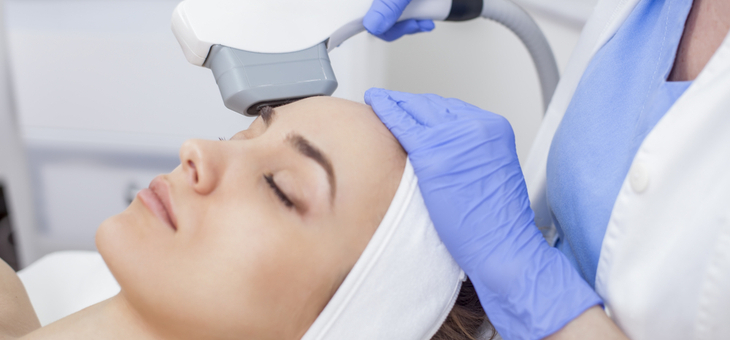Australians have a love-hate relationship with the sun. While the rest of the world may think we spend all day, every day, outdoors lounging, our thin ozone layer and decades of sun safety campaigns have made us wary of getting too much.
However, both natural and artificial light can be used to treat a number of health conditions.
SAD (seasonal affective disorder)
This form of depression reoccurs every year, generally during winter when there is less light outside. Sunlamps help to increase serotonin and melatonin, hormones involved in mood and sleep, which helps with depressive symptoms. According to WebMD, most doctors recommend around three minutes in front of the lamp each day to help with symptoms of SAD, and you don’t need a prescription to get one.
Vitiligo
There are two types of light treatment that are around 70 per cent effective at returning colour to affected areas of skin. You can be exposed to ultraviolet b (nbUVB), a narrow-band light, by sitting in a light booth or box, or it can be applied by doctors using lasers. PUVA, ultraviolet a – from either a booth or the sun – can be used alongside a medication called psoralen, though it may increase your chances of skin cancer.
Cutaneous graft-versus-host disease (GVHD)
If your body rejects transplanted cells, often during a stem cell or bone marrow transplant, you may develop cutaneous GVHD. There is some evidence that using UVA-1, UVB and PUVA in light therapy can help treat it, and in some cases bring on remission.
Psoriasis
Ultraviolet b light can help to ease itching, inflammation and slow an overactive immune system. Administered through a light box or laser, nbUVB can help to treat palmoplantar, plaque, nail and scalp psoriasis.
Sleep disorders
Sitting in front of a light box that mimics natural light without the harmful rays can help to reset the disrupted sleep cycle of people with sleep disorders.
Pain
Red light therapy can be used to help ease pain associated with conditions such as osteoarthritis, rheumatoid arthritis, dental problems, musculoskeletal disorders and carpal tunnel syndrome.
Mycosis fungoides
Narrow-band UVB or PUVA phototherapy is 60–90 per cent effective in killing cancerous cells at some stages in T-cell lymphoma, which causes rashes and sores.
Dementia
Exposure to a light that mimics natural light throughout the day can help dementia patients sleep better, stave off depression, feel less agitated and slows the effects of dementia. These effects increase over time.
If you enjoy our content, don’t keep it to yourself. Share our free eNews with your friends and encourage them to sign up.
Related articles:
Your guide to laser eye surgery
Skin changes you should know about
‘Embarrassing’ male body issues
Disclaimer: This article contains general information about health issues and is not advice. For health advice, consult your medical practitioner.

